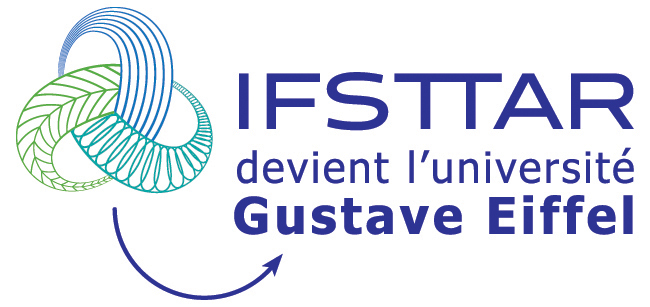Study of the mechanical behavior of hemp concrete with two different mineral binders through digital image correlation in various aggregate orientations
Résumé
The construction sector is increasingly turning to eco-materials derived from agricultural products due to their low embodied energy and carbon sequestration. Plant-based concrete, composed of particles from lignocellulosic plants and mineral binders, presents environmental advantages. However, predicting its mechanical behavior remains challenging. This study focuses on hemp concrete, employing two mineral binders: sulfoaluminate cement (CSA) and pozzolanic cement (CEM IV). Digital Image Correlation (DIC) evaluates mechanical properties in different aggregate orientations. Cyclic compression tests reveal differences in mechanical behavior. Maximum stiffness and ultimate strength are determined, with maximum stiffness corresponding to the floating modulus during reloading. DIC is used to quantify macroscopic properties and create kinematic plots. Hemp concrete in perpendicular orientation exhibits increased stiffness, and sustaining strength, while parallel orientation specimens experience stress reduction.
| Origine | Fichiers produits par l'(les) auteur(s) |
|---|---|
| licence |


